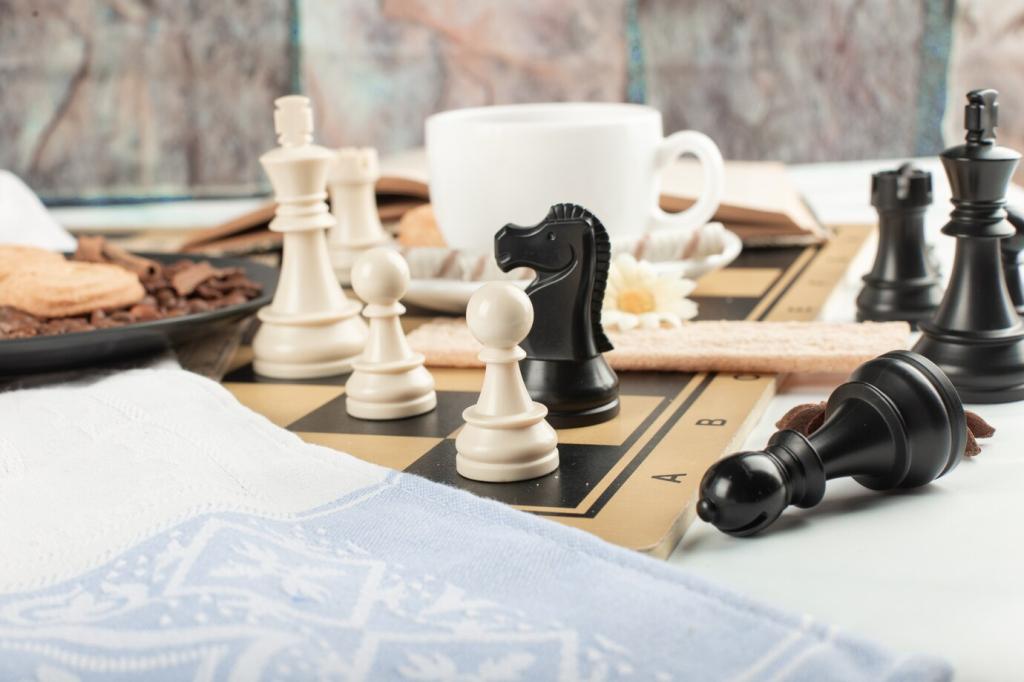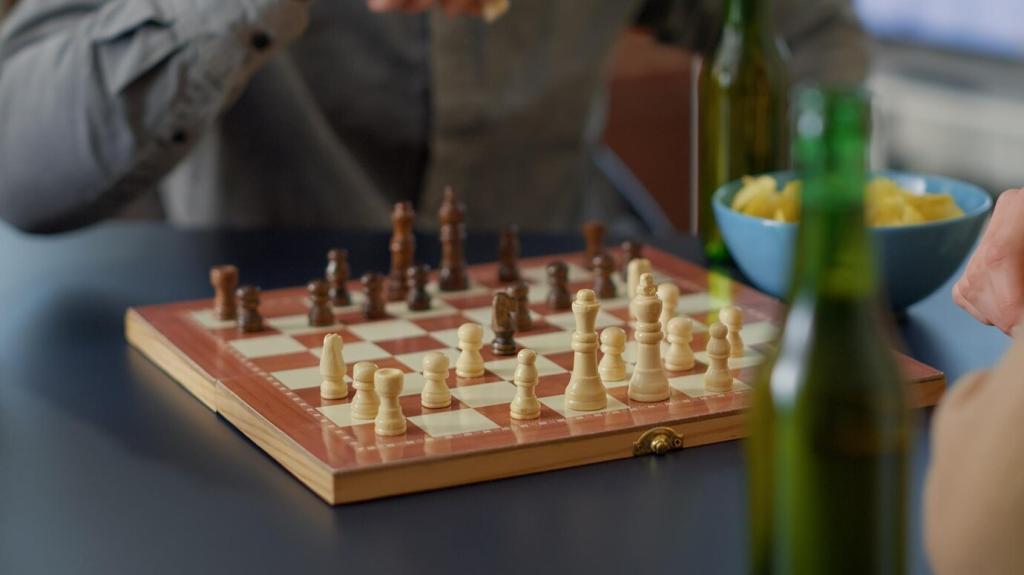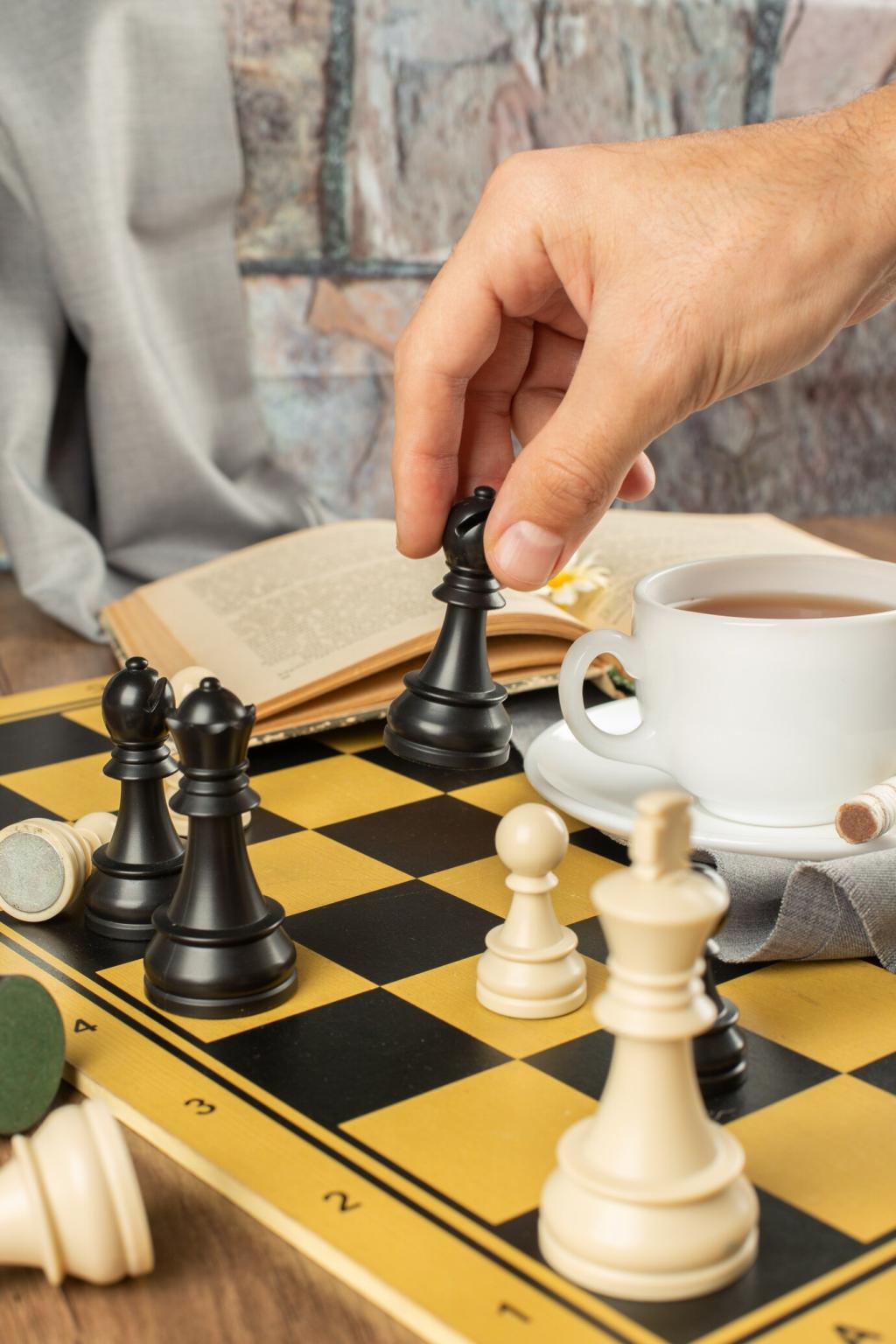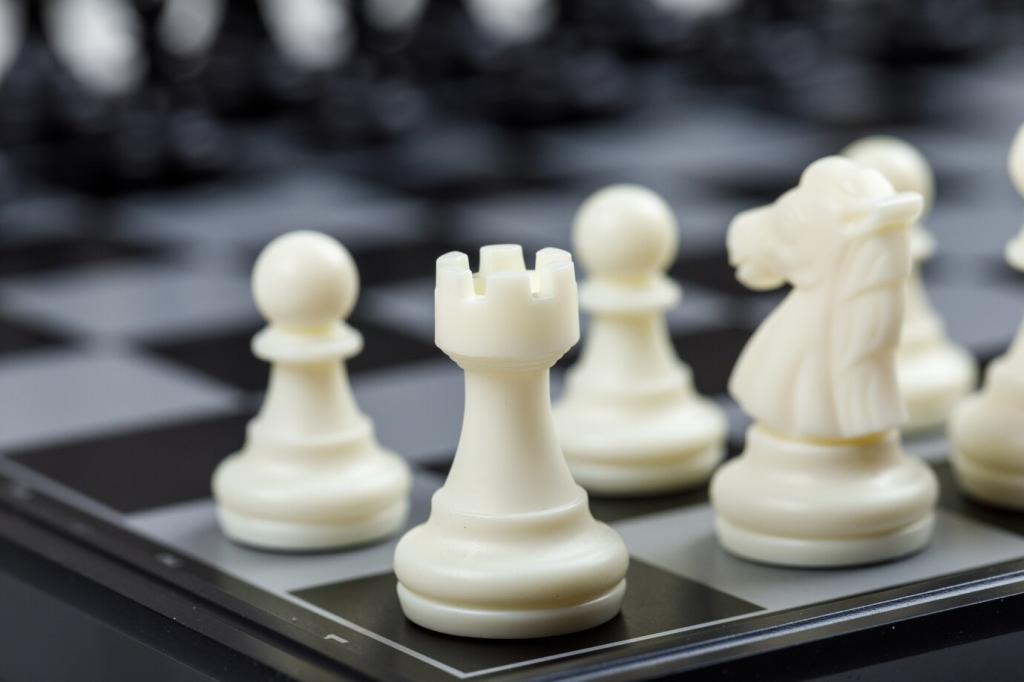Soviet School of Chess: A Strategic Dominance
Chosen theme: Soviet School of Chess: A Strategic Dominance. Step into a living laboratory of ideas where planning, discipline, and relentless self-critique forged champions and reshaped the global chess landscape. Subscribe and join the conversation as we unpack methods you can apply to your own play.
Origins and Philosophy of the Soviet School
The Scientific Method of Botvinnik
Mikhail Botvinnik urged players to form hypotheses about their weaknesses, run controlled training games, and annotate self-critically. He treated each blunder as data, built targeted exercises, and returned to test results until they improved measurably. Try it and post your findings.
Collective Analysis and the Team
Soviet teams huddled in smoky rooms after tournaments, analyzing adjourned positions and entire games collectively. Disagreement was welcomed because it exposed blind spots faster. Recreate this spirit by forming a small study group and sharing annotated games in our comments weekly.
Planning as a Weapon
The Soviet doctrine prized plans over isolated moves. Identify weaknesses, sequence improvements, and only then calculate concrete lines. This mindset made Petrosian’s prophylaxis and Karpov’s squeeze appear effortless. Practice by writing a three-step plan before each middlegame and compare outcomes afterward.
From Pioneers’ Palaces to Podiums: The Training Pipeline
01
Early Talent Identification
Trainers visited schools, ran simultaneous exhibitions, and flagged promising children for specialized clubs. Simple tests—mate-in-two puzzles, pattern recall, and enthusiasm—were great predictors. Try a mini-talent audit with your friends or kids and share which exercise sparked the brightest interest.
02
Sparring Culture and Trainers
Soviet coaches emphasized frequent, purposeful sparring against slightly stronger opposition. After games, coaches demanded honest confessions about fears and impulsive choices. Adopt this by scheduling weekly rapid matches, recording your emotions, and posting a short reflection on your mental game below.
03
The Discipline of Records
Every student kept a serious notebook: key positions, evaluation shifts, time usage, and recurring errors. Over months, patterns leapt off the page. Start your ledger today, then comment with one repeated mistake you caught and the drill you designed to fix it.
Opening Preparation, Purpose, and Novelties
Players built home labs with index cards, magazines, and notebooks from Shakhmaty v SSSR. They explored critical junctions, predicted opponent choices, and prepared surprise novelties. Recreate this by tagging positions by idea, not move order, and report one fresh concept you discovered.
Opening Preparation, Purpose, and Novelties
Karpov chose systems that nurtured small advantages; Tal selected lines that unleashed initiative. Your openings should mirror your strengths and aspirations. Write one sentence describing your ideal middlegame, then pick openings that steer you there. Share your sentence and first repertoire tweak.


Endgame Technique: Turning Small Edges into Wins
Smyslov’s Quiet Perfection
Vasily Smyslov showcased harmony: pieces coordinated, pawns advanced only when justified, and squares were treated like precious real estate. Revisit one of his rook endings, play it against an engine set to low strength, and record at which moment your technique wavered.
Dvoretsky’s Practical Drills
Mark Dvoretsky systematized endgame training with targeted positions and clear diagnostic questions. He taught players to create multiple winning routes and choose the simplest. Pick a study, find two solutions, and share why the more practical route saves energy during long events.
Pawn Structures and Prophylaxis
Soviet endgame teachings tied pawn structure to long-term goals: space, outposts, and king activity. Petrosian’s prophylaxis shone brightest here, restricting counterplay before advancing. Analyze one of your drawn endgames, list opponent resources you could have restricted earlier, and post your revision.

Tal–Botvinnik, World Championship 1960: Initiative as Strategy
Tal converted dynamic imbalances into lasting pressure, sacrificing material to accelerate development and open lines. The message was not chaos; it was principled risk guided by concrete calculation. Recreate one Tal sacrifice in analysis and report whether the initiative compensated fully.
Petrosian–Spassky, World Championship 1966: The Art of Prophylaxis
Petrosian neutralized Spassky by removing counterplay seeds before they sprouted. Moves looked modest but carried strategic venom. Study a quiet Petrosian improvement, then describe in the comments how it narrowed your opponent’s plans without creating new weaknesses of your own.
Karpov–Unzicker, Nice Olympiad 1974: Squeezing Water from Stone
Karpov nursed small edges—better minor piece, tidier structure, superior squares—until resistance crumbled. There was no magic, only perfect coordination and patience. Play a training game where you avoid tactics deliberately, emphasizing improvements, then share one position where patience finally paid off.
Culture, Institutions, and Lasting Legacy
The Soviet team treated Olympiads like laboratories, rotating lineups and preparing deeply for each board’s style. Dominance came from depth and preparation, not mystique. Emulate this by preparing specifically for your next opponent and sharing a tailored prep idea you will test.
Culture, Institutions, and Lasting Legacy
Shakhmaty v SSSR and 64 documented novelties, annotated classics, and debates. Public analysis accelerated improvement across the entire ecosystem. Build your own mini-journal by clipping positions weekly, then post one annotated diagram you found especially transformative for your strategic understanding.


Adopt the Method: A Four-Week Soviet-Style Plan
Week 1: Honest Diagnosis and Endgames
Collect your last twenty games, categorize errors, and choose three recurring issues. Spend thirty minutes daily on endgame drills matched to those weaknesses. Post your chosen issues and one study that felt painfully relevant so others can learn alongside you.
Week 2: Openings that Serve Your Plan
Define your ideal middlegame, then trim openings that do not lead there. Build a compact repertoire file with three critical positions per line. Share one position and the strategic plan it embodies to get feedback from fellow readers this week.
Weeks 3–4: Training Games and Ruthless Review
Play four slow training games under match conditions, annotate candidly, and cross-examine your notes with a partner. Extract one drill per mistake category. Comment with a before-and-after position where your new habit changed the evaluation or the clock situation decisively.
